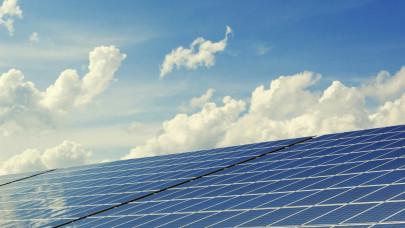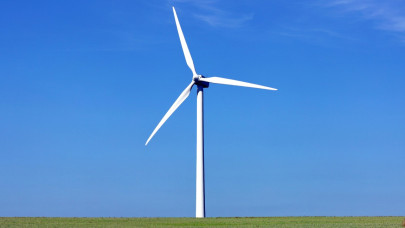Poland and Czechia are the only two producers of hard coal in the EU, with only Poland using it as a major source for electricity generation. Brown coal, a category of coal with lower energy content, is used in electricity generation by 9 EU countries and was the source of 241 572 GWh of electricity.
On the other hand, hard coal's import dependency rate reached its highest point in 2022 at 74.4%. This sharp increase of 15 percentage points compared to 2021 can be explained by EU countries building coal stocks. Unlike previous years where EU countries mostly reported stock draws, they put 9 million tonnes of hard coal in their stocks in 2022, the first stock build since 2019 and the highest since 2008. Despite its peak in 2022, hard coal's import dependency rate remains below the ones for oil and natural gas (above 97%).
In 2022, Russia remained the largest supplier of hard coal to the EU at 24%, ahead of the United States (18%) and Australia (17%). However, following the EU's ban on hard coal imports from Russia entering into force in August 2022 due to the war of aggression against Ukraine, imports from Russia fell to 27 million tonnes in 2022. This equals a decrease of 45% compared with 2021.
Preliminary monthly data suggests that in 2023, EU coal production and consumption decreased to their lowest recorded levels, reaching 274 million tonnes (-22% compared with the previous year) and 351 million tonnes (-23%) respectively. With a decrease of more than 100 million tonnes in coal consumption, this appears to be one of the largest historical yearly decreases observed for fuel in the EU. In 2023, Germany (37%) and Poland (27%) were the main coal consumers in the EU, taking up almost two-thirds.














